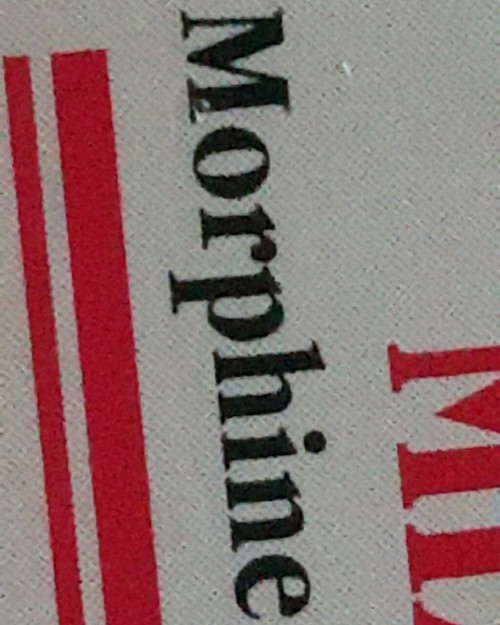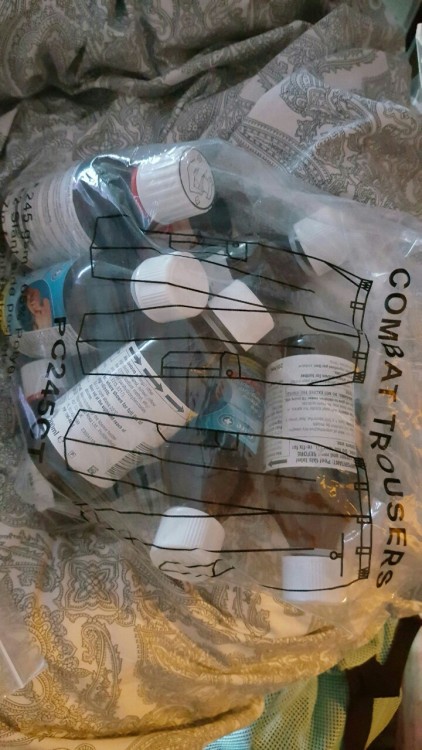#opioids
It was 10 years ago today that I looked down at the pills laid out in front of me and made a life-altering decision. I had been trying for months to scale back, ween myself, anything I could to get off of the pills. I talked to someone in my family who had gone through something similar for advice. But no matter what I did, I just seemed to keep digging myself into a bigger hole. I couldn’t call my doctor out of fear of being blacklisted for any future medications that I might, and most definitely would, need as my degenerative disease got worse. But I needed to do something. I *had* to do something. I was staring down a very black hole.
On this day 10 years ago a little voice inside of me spoke up and told me that the next choice I made was going to be between my future and my end. My life and my death. And so I chose.
I chose Life.
Today is my 10 years sober.
Genetic Signals Linked to Problematic Opioid Use
UC San Diego School of Medicine researchers asked more than 132,000 23andMe research participants of European ancestry “Have you ever in your life used prescription painkillers, such as Vicodin and Oxycontin, not as prescribed?” More than 21 percent said yes. Then, in a genome-wide association study, the team discovered novel genomic regions that influenced using opiate drugs not as prescribed. They also identified strong genetic correlations with other substance use traits, including opioid use disorder.
The study, published November 2, 2021 in Molecular Psychiatry, was led by Sandra Sanchez Roige, PhD, and Abraham Palmer, PhD.
Post link

The U.S. government’s current strategy of trying to restrict the supply of opioids for nonmedical uses is not working. While government efforts to reduce the supply of opioids for nonmedical use have reduced the volume of both legally manufactured prescription opioids and opioid prescriptions, deaths from opioid overdoses are nevertheless accelerating. Research shows the increase is due in part to substitution of illegal heroin for now harder-to-get prescription opioids. Attempting to reduce overdose deaths by doubling down on this approach will not produce better results.
Policymakers can reduce overdose deaths and other harms stemming from nonmedical use of opioids and other dangerous drugs by switching to a policy of “harm reduction” strategies. Harm reduction has a success record that prohibition cannot match. It involves a range of public health options. These strategies would include medication-assisted treatment, needle-exchange programs, safe injection sites, heroin-assisted treatment, deregulation of naloxone, and the decriminalization of marijuana.
Though critics have dismissed these strategies as surrendering to addiction, jurisdictions that have attempted them have found that harm reduction strategies significantly reduce overdose deaths, the spread of infectious diseases, and even the nonmedical use of dangerous drugs.
Just agreed to do research surveys since just sitting here waitin, but 1st 1 about opioids I take & now sweatin wondering if I shoulda put that shit on file, which is ridic bc already in my med file but this is more accessible to outside sources idk.



